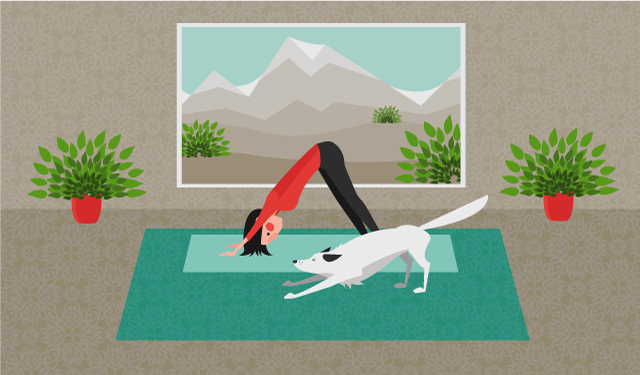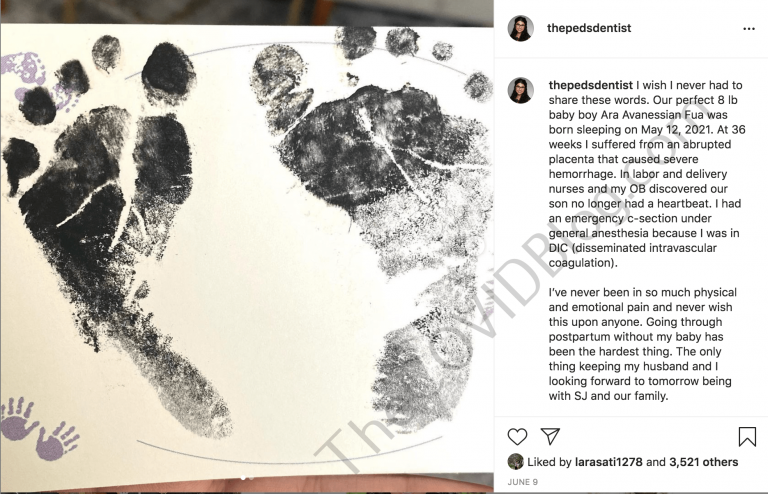Here’s why the downward-facing dog yoga pose is good for your back
05/20/2019 / By Edsel Cook

Perhaps the best-known and healthiest yoga pose is the downward-facing dog pose. It is one of the first asanas (poses) taught to beginners, and it remains popular even among veteran practitioners for its health benefits.
The downward-facing dog pose activates the bladder channel, the longest acupuncture meridian in the body. Activating the channel improves the flow of qi through associated organs.
The bladder channel runs along the length of the back. Stretching from the inner eye to the pinkie toe, the bladder channel has a whopping 67 different acupuncture points distributed across its length.
The bladder channel serves as the first line of defense against cold, microbes, pollen, wind, and other external factors that cause disease. Acupuncture points along this channel are often activated to improve the immune system and treat the symptoms of cold and flu. (Related: Exercise doesn’t need a prescription: It can reduce Parkinson’s disease, even delay its progression.)
Yoga’s iconic downward-facing dog pose activates the vital bladder channel
When a person performs the downward-facing dog pose, he or she causes the bladder channel to elongate. This elongation enables flow and strengthens the body’s primary defense mechanism.
Activating the bladder channel boosts the immune system that protects against infection. It also helps reduce pain experienced by parts of the body located along its route.
The downward-facing dog pose can alleviate headaches, pain in the neck and back, injured hamstring and calf muscles, and foot pain. Its effects are similar to acupuncture stimulation of the pressure points, but it does not require the use of needles.

Furthermore, the Bladder channel also has the Back Shu points. These points are responsible for the transportation of blood, fluids, qi, and other important substances to the organs associated with them. Activating these points enhances the performance of various organs.
One yoga asana activates all of the Back Shu acupuncture pressure points
Acupuncture practitioners use Back Shu points in two ways. First, they use it to evaluate the condition of the patient. A practitioner would check the Back Shu points for tenderness or to see if any are abnormally raised or depressed.
If a point exhibits any of those conditions, it means that the organ connected to it is unwell. Once the diagnosis is complete, an acupuncture practitioner would then apply needles to the appropriate Back Shu point, thereby improving the state of the organ.
Back Shu points are also used in the treatment of chronic conditions that are not caused by a serious injury. Some of these conditions are anxiety, asthma, incontinence, insomnia, irritable bowel syndrome, migraines, and irregular menstruation. Using acupuncture treatment on Back Shu points is considered to be the most straightforward way of treating a particular organ.
Back Shu points are also used to alleviate problems with sensory organs because each major organ system is associated with a sensory organ. For example, the liver is associated with the eyes and the spleen is associated with the tongue.
Assuming the downward-facing dog pose is a good way to improve the flow of qi throughout the Bladder channel. Doing so would also stimulate the Back Shu points, which, in turn, would benefit the various organs associated with those points.
Sources include:
Submit a correction >>
Tagged Under:
acupuncture, acupuncture points, alternative medicine, anxiety relief, back shu points, bladder channel, disease treatments, downward-facing dog pose, fitness, immune system, immunity, natural cures, natural medicine, organs, pain relief, prevention, remedies, sensory organs, stress relief, wellness, Yoga, yoga poses
This article may contain statements that reflect the opinion of the author





















